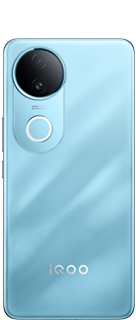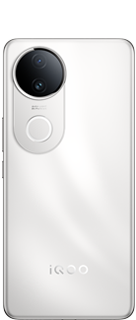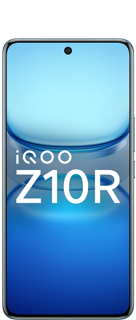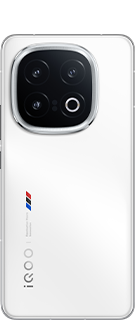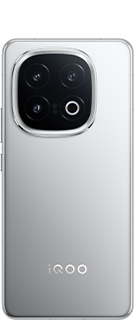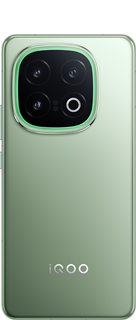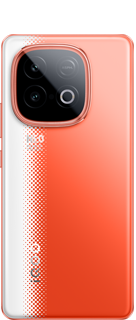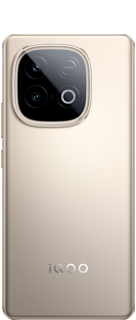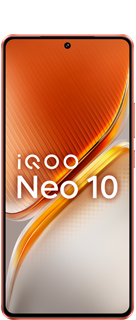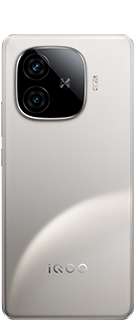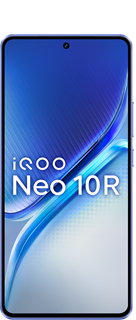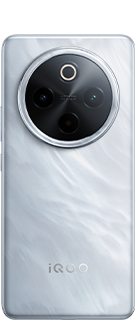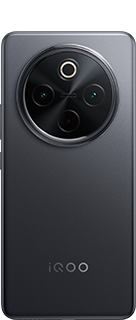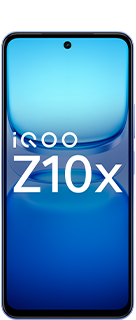Understanding PWM Dimming in Smartphones
Hi Questers
Let's talk about a feature of Smartphones that is known as Pulse Width Modulation (PWM) dimming to control screen brightness effectively.

1. The Basics of PWM Dimming
At its core, PWM dimming adjusts screen brightness by rapidly turning the display on and off. This is achieved through variations in the duty cycle, determining the percentage of time the display is on during one cycle.
2. Importance in Battery Conservation
PWM dimming is crucial in optimizing battery life. By adjusting the duty cycle, smartphones can manage power consumption dynamically, extending battery longevity.
3. Enhancing Visual Comfort
Smartphone users benefit from PWM dimming in terms of visual comfort. It allows for precise brightness adjustments, reducing eye strain in different lighting conditions.
4. Adaptive Brightness Control
Modern smartphones often incorporate adaptive brightness control, a feature enabled by PWM dimming. Sensors detect ambient light, and the device adjusts the PWM frequency to optimize screen visibility while conserving energy.
5. Flicker-Free Experience
Careful implementation of PWM dimming helps eliminate flicker issues, ensuring a smooth and comfortable viewing experience for users, especially at lower brightness levels.
6. Safe for Eyes
PWM dimming, when properly implemented, contributes to a display that is safe for the eyes. The ability to customize brightness levels and reduce flicker enhances user comfort during extended usage.
7. Challenges and Solutions
While PWM dimming is integral, challenges such as potential flicker exist. Engineers employ advanced techniques, including higher PWM frequencies and adaptive algorithms, to mitigate these challenges.
8. Balancing Performance and User Experience
Smartphone manufacturers strike a balance between performance and user experience by fine-tuning PWM dimming parameters. This optimization ensures optimal brightness levels without compromising visual quality or power efficiency.
In summary, PWM dimming plays a pivotal role in enhancing the functionality of smartphone displays, offering users a customizable, energy-efficient, and eye-safe viewing experience.
I hope it was a good read for you.
Do follow me for more such threads.
Pramod Singhal
Quester @iQOO Connect
Please sign in
Login and share
